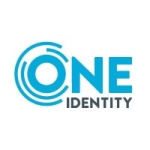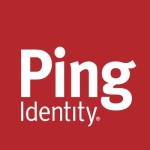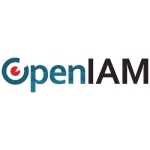I supported the product, and the customers using it globally. I was the technical support for it.
The most important feature is the connectors. Without the connectors, it can do nothing.
Also, auditing is a very good feature.
One of the areas that need some improvement with Oracle specifically is the ease of implementation. That is what is complicated.
The stability could be better.
I've been working with the Oracle identity management products for a very long time, and I started with Governance many years ago. It was Oracle Identity Manager then, and now it's Oracle Identity Governance. I was also managing the support team for the cloud services for IDCS.
We are using the latest version, I believe it is version 12.2.04.
I have been using them since the very beginning.
Once it is up and running it's okay, but it has many bumps.
They are always putting out fixes, but it's hard to get implemented without patching, so it's not great.
It's a scalable solution and it can easily be scaled.
The size of our customers' companies varies.
I was the technical support.
I managed the entire team globally, along with other managers.
I was the global lead for Identity Governance.
The initial setup is complex.
It's a multi-tenant system integrated into a customer's environment. The entire process is more difficult than it needs to be. They have made improvements but it is still complex.
The number of people required for the deployment and implementation varies based on the size of the implementation. The implementations go from very small up to both wide enterprise-wide and serving external customers.
We have had customers who required a couple of people up to an entire team supporting them.
It really does depend on the size of the implementation but it does take more than a couple to manage it. It is not just the Governance, it's the setup of the app and the integration with all of the other applications with the directory.
It requires a few people to keep it up and running.
My advice is to train the teams on identity management concepts and the Oracle solution specifically. Have them take advantage of all the training that's available, and plan the implementation in phases.
It has good features but it's complicated. I would rate Oracle Identity Governance a seven out of ten.

















